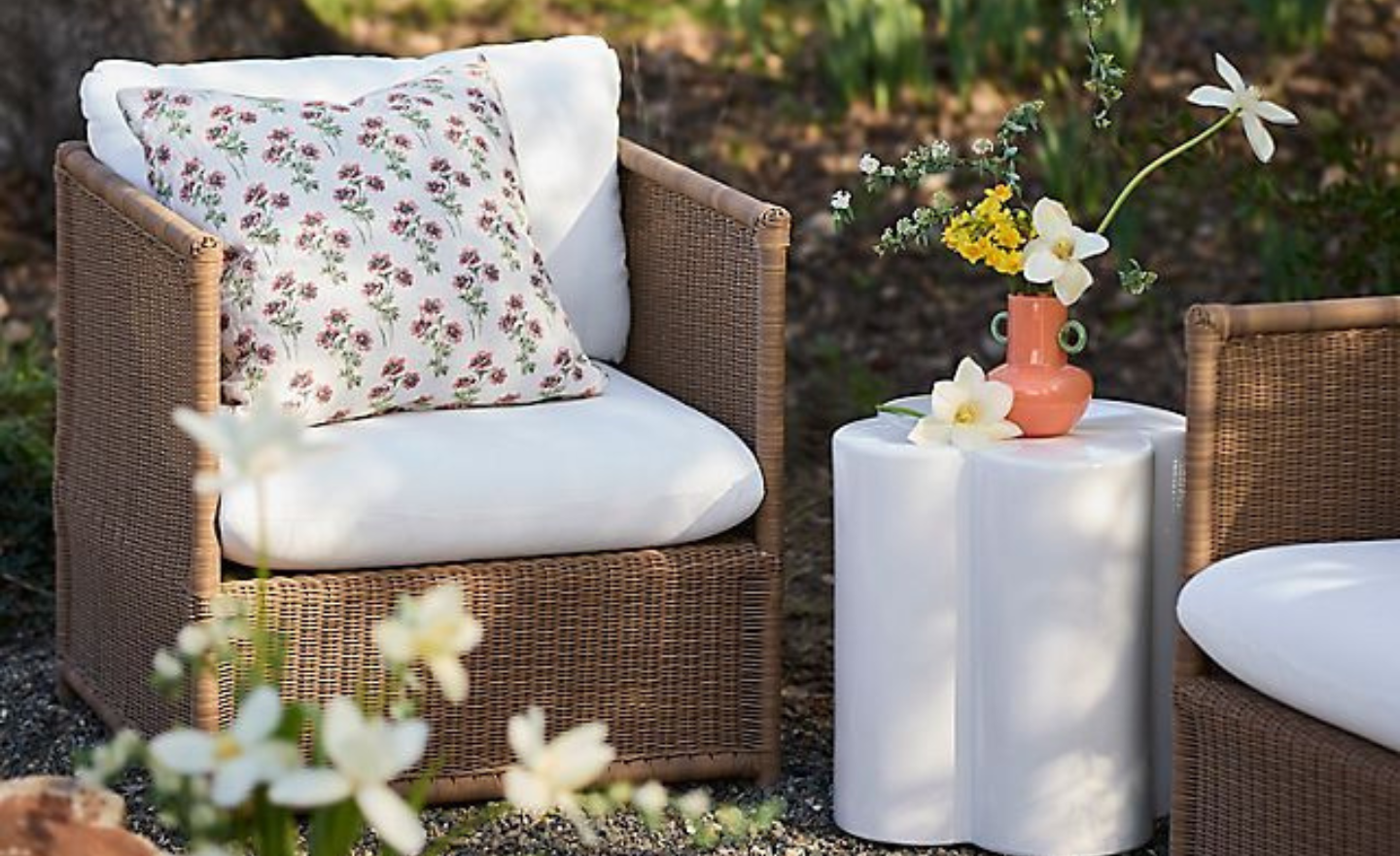In the symphony chapter of home design, chairs are not just supporting role for people to sit down, but key notes connecting spatial emotions. Whether it's a restaurant carrying smoke and fire, a relaxing backyard, or a private and cozy bedroom, the material texture, contour lines, and color tone of each chair are quietly weaving the narrative logic of the space. Clever chair combinations allow for natural transitions between different functional areas, maintaining a harmonious and unified overall style while showcasing the unique personality of each space.
1、 Style resonance: let the design language be passed down from generation to generation
The sense of unity in space originates from the design language that runs through it. If you are fond of modern minimalism, you can use sharp lines and avant-garde materials as a link: the restaurant uses metal frames with geometric shaped dining chairs, the living room is equipped with suspended leisure chairs of the same series, and the bedroom is equipped with smooth lined dressing stools. These simple yet textured design elements, like a pulsating main melody, play a harmonious melody in different spaces
.


Prefer a home atmosphere with classical charm? Then use solid wood as a medium to build an emotional bridge in the space. The carved solid wood dining chairs in the restaurant, vintage armchairs in the living room, and fabric upholstered chairs in the bedroom, with their natural wood texture and warm texture, can naturally extend classical aesthetics to every corner of the home, creating a calm and atmospheric home style.



2、 Material Dialogue: Building the Texture and Texture of Space
Material is an intuitive expression of spatial temperament, and a uniform selection of materials can give home spaces a natural sense of unity. Whether it's warm wood, cold metal, or soft fabric, maintaining material coherence can effectively avoid visual fragmentation. When the walnut dining chairs in the restaurant echo the natural wood edge tables in the living room and the wicker leisure chairs in the bedroom, the resonance between materials will flow in the space, outlining a delicate texture.
As an extension of indoor space, the selection of materials for the backyard needs to balance aesthetics and practicality. The outdoor chair with a metal frame and waterproof fabric can not only continue the modern style of the interior, but also resist wind and rain erosion; The courtyard seats made of anti-corrosion wood not only echo the indoor wooden elements, but also add natural wildness to the outdoor space.
3、 Color Concerto: Harmonizing the Emotional Temperature of Space
Color is the palette of spatial emotions, and a harmonious color scheme can make different spaces transition like flowing clouds and water. Neutral colors are undoubtedly a safe and high-end choice - light gray restaurant dining chairs, beige living room sofa chairs, and dark brown bedroom leisure chairs. These low saturation colors complement each other, creating a peaceful and unified visual experience.



If you want to inject personality into the space, you can adopt the strategy of "unified main color tone+local color jumping". Based on wood color, the restaurant uses light oak colored dining chairs, the living room is paired with caramel colored leather armchairs, and the bedroom is decorated with light pink dressing stools, maintaining overall coordination while allowing each space to bloom with unique charm.



The chairs in the backyard can blend in natural colors such as moss green and clay brown, complementing the outdoor landscape and subtly echoing the indoor color scheme.
4、 Form Correspondence: Creating a Dynamic Spatial Narrative
Flexible and versatile chair designs can provide more possibilities for home spaces. Foldable and adjustable seats not only meet diverse functional requirements, but also allow for free switching between different scenarios. A lightweight folding rattan chair that can be used as a temporary seat in the restaurant or moved to the backyard as an afternoon reading corner; The adjustable bar chair can shuttle freely between the restaurant and kitchen, making space use more flexible.
In addition, the shape details of the chair also conceal ingenuity. The design of the curved backrest and rounded armrests can create visual resonance in different spaces; A unified woven texture or hollow pattern, like a secret code of space, creates subtle connections between different areas and constructs a layered spatial narrative.
5、 Detail finishing touch: weaving emotional bonds in space
The true sense of spatial unity is hidden in those carefully designed details. Matching the dining chairs in the restaurant with cushions in the same color scheme as the living room sofa, or choosing chair covers and curtains with similar textures, can create a "family style" intimacy in the space. In addition, through soft decoration elements such as lighting fixtures, carpets, and decorative paintings, they interact with the material and color of the chairs, further enhancing the overall atmosphere of the space.
For example, metal framed dining chairs paired with geometric shaped chandeliers, and plant specimen decorative paintings placed next to wicker chairs, these details cleverly echo each other, like scattered pearls connected by silk threads, giving every corner of the home a harmonious and warm atmosphere.
When we use chairs as a medium to cleverly integrate style, material, color, form, and details, we can break the boundaries of space and make the home environment a natural aesthetic poem. From the restaurant to the backyard, every chair tells a story about home, filling every corner of life with texture and warmth.



Leave a comment
This site is protected by hCaptcha and the hCaptcha Privacy Policy and Terms of Service apply.